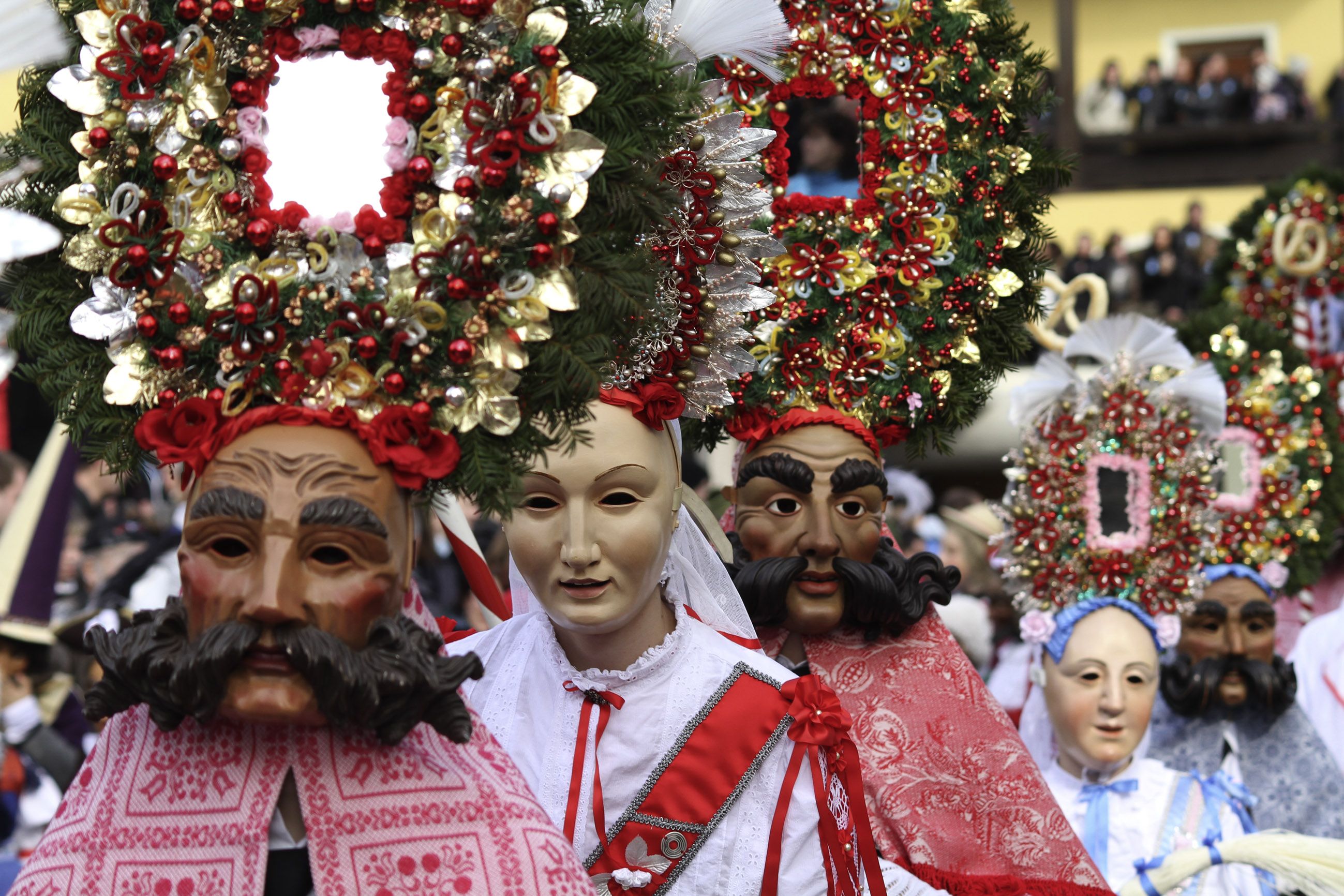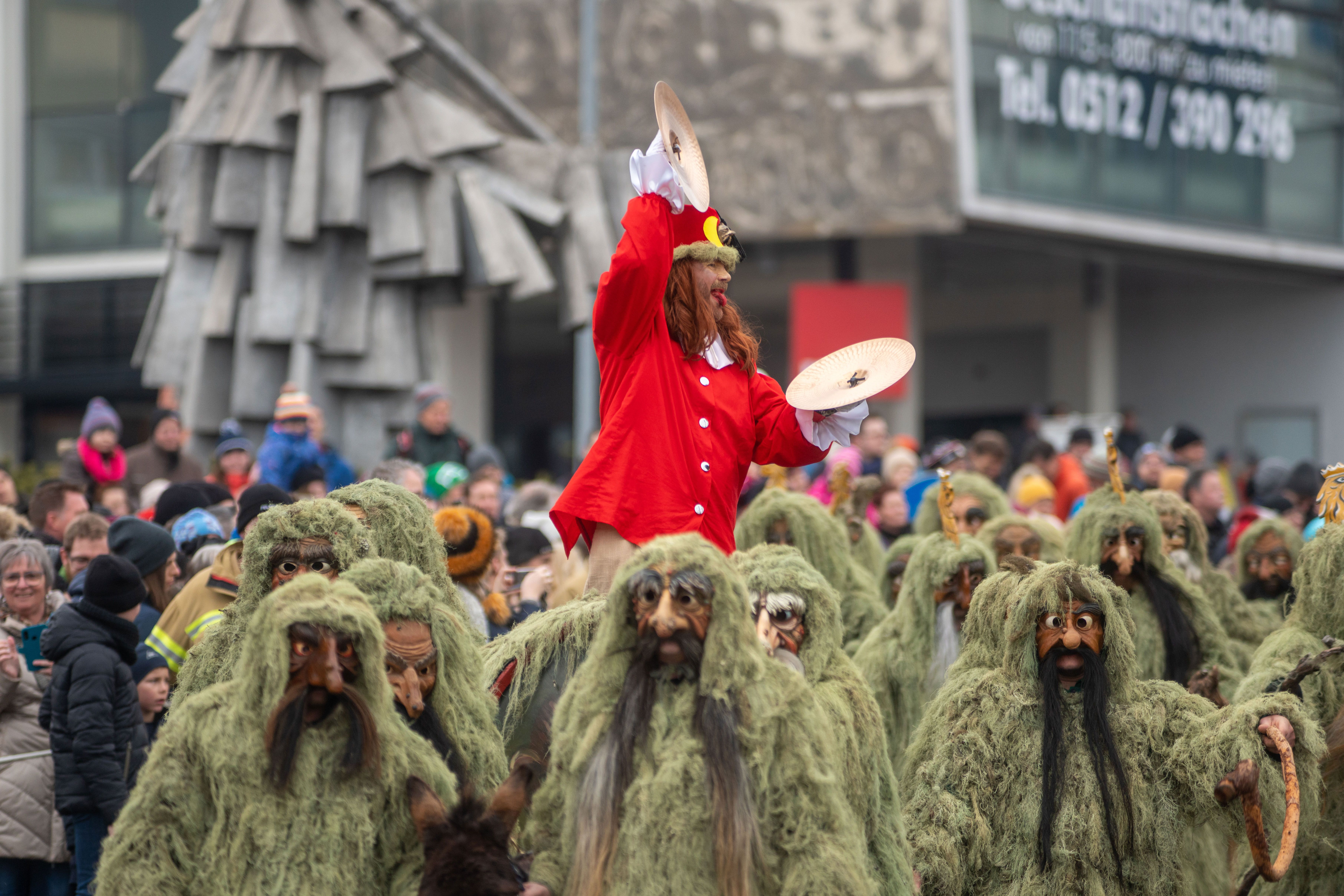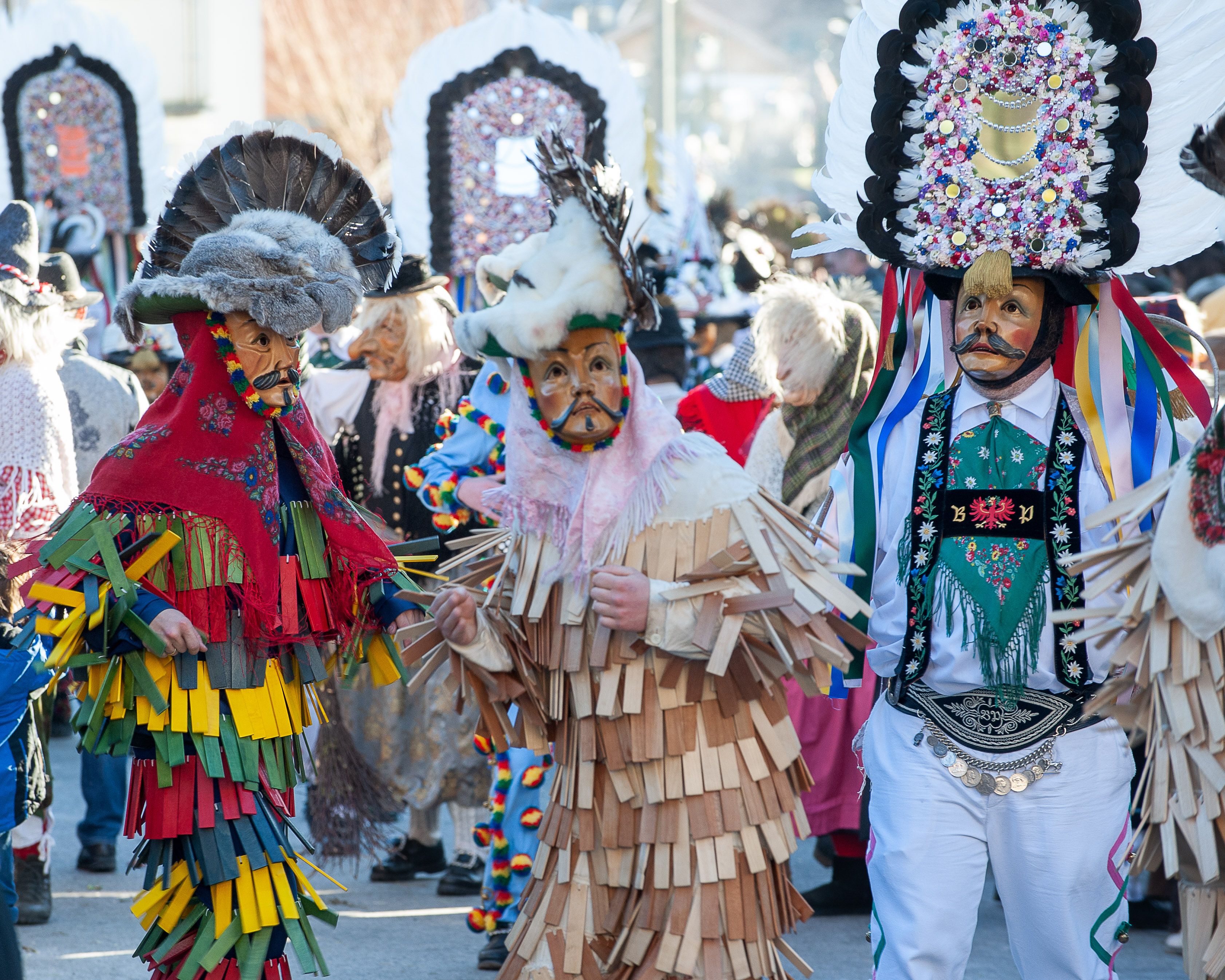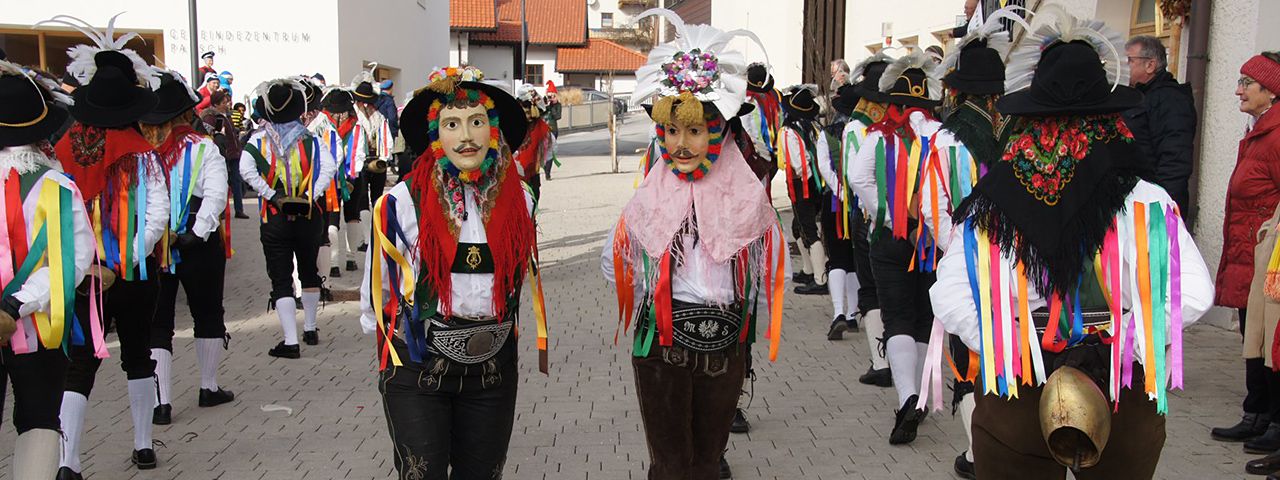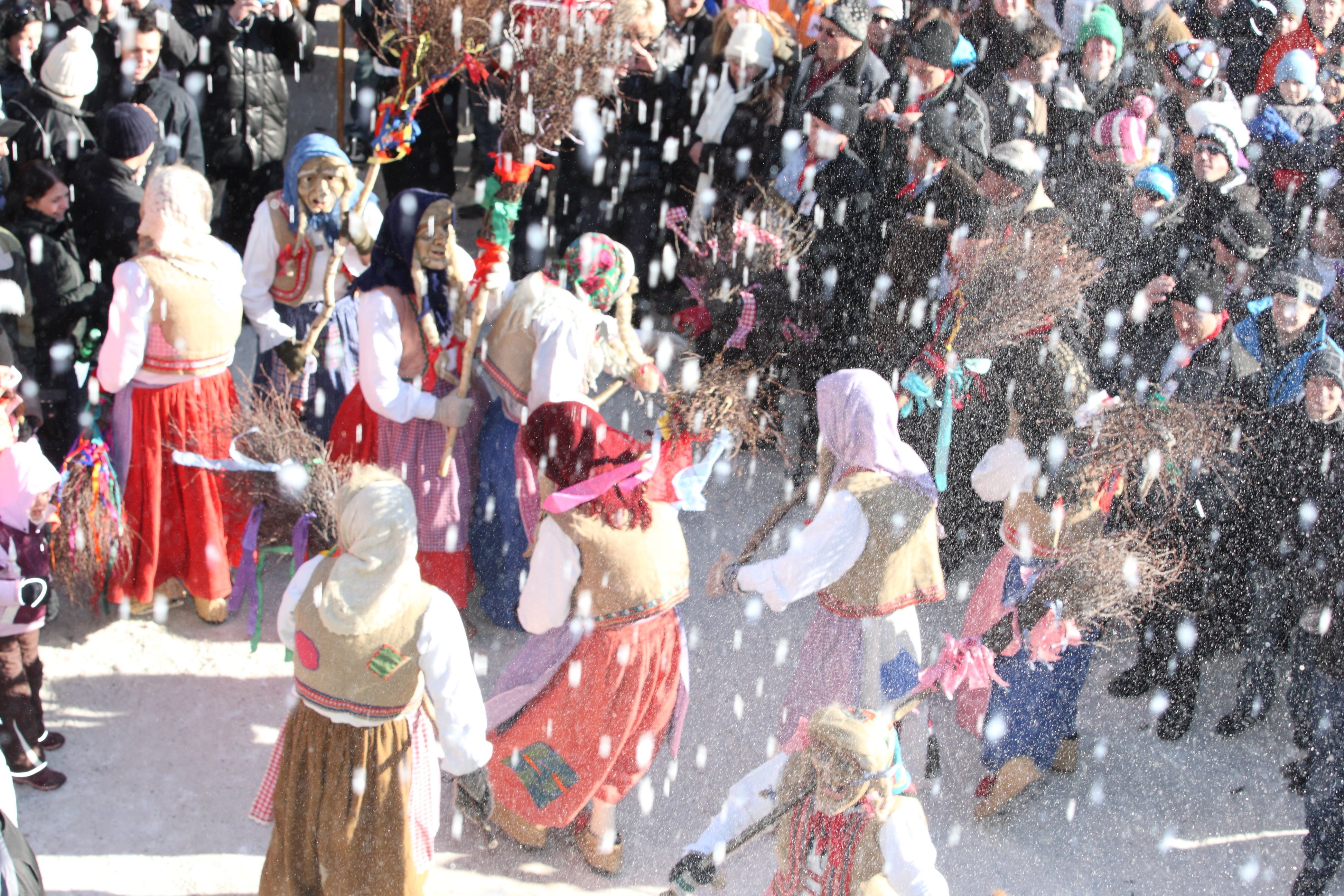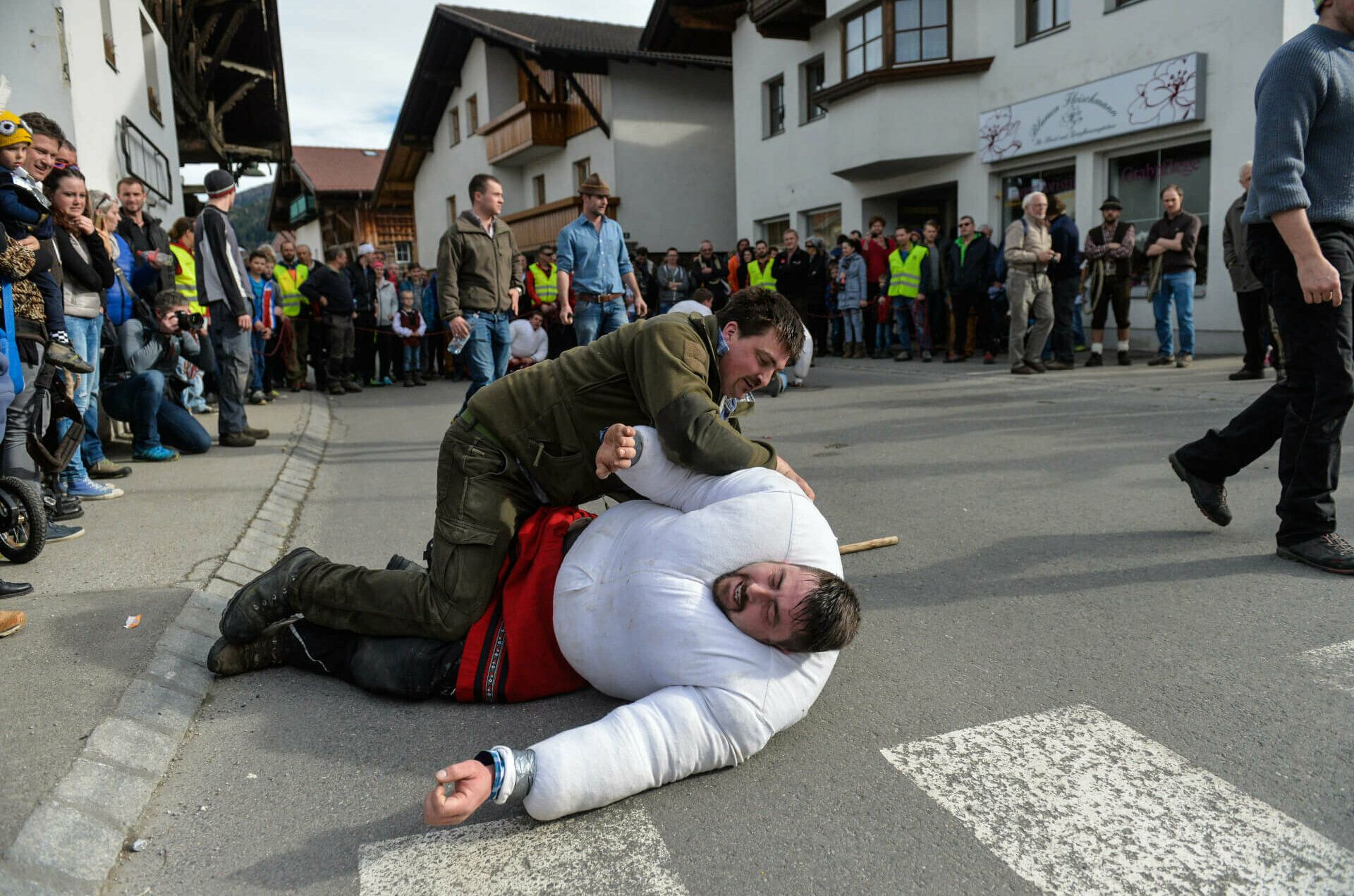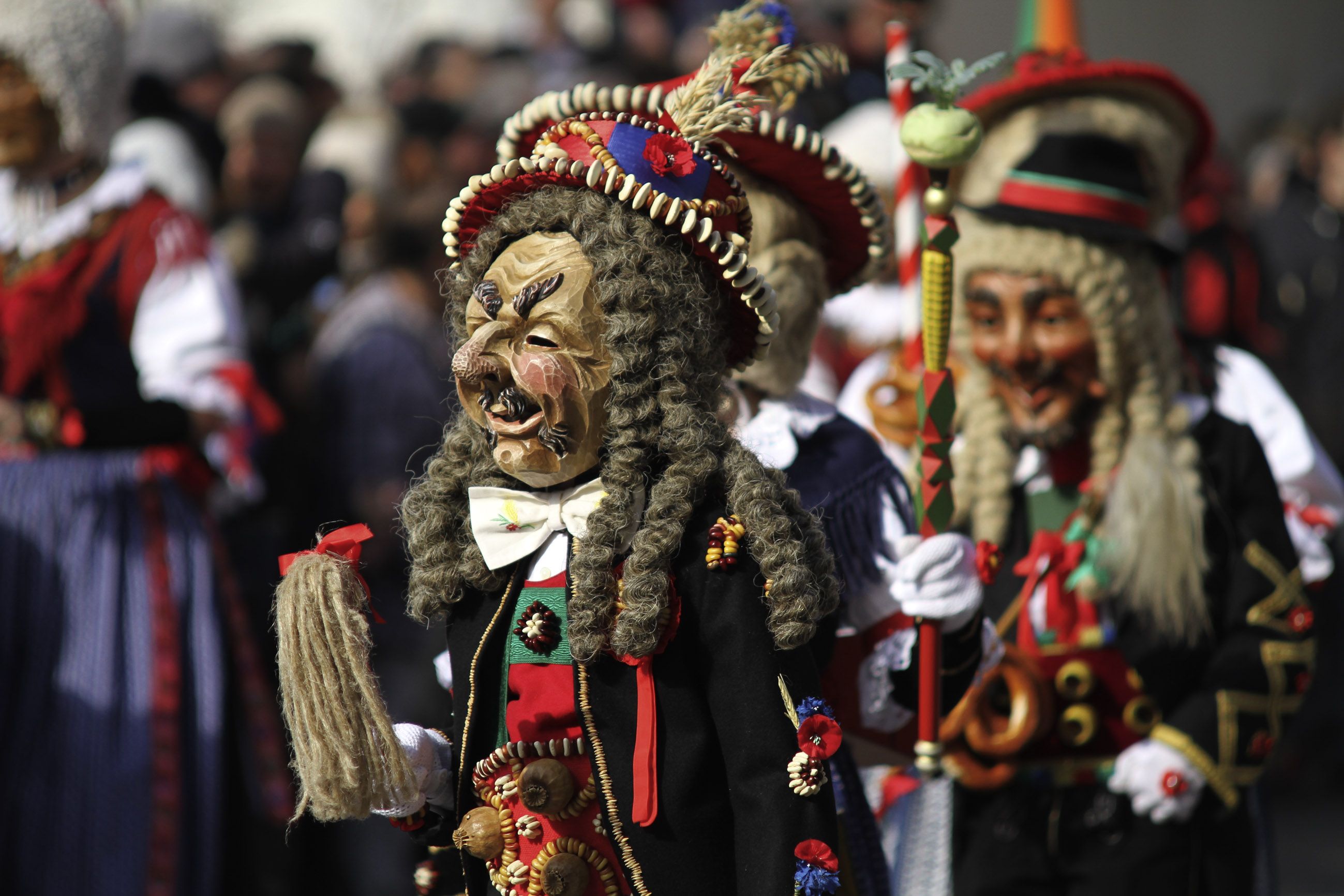The customs and rites of carnival in Tyrol date back to pre-Christian times. They have their origins in pagan fertility rituals and traditions for exorcising winter in Austria. Winter was often long and hard in the Alpine regions. Costumes and masks were worn at carnival time to welcome spring and drive away winter. Figures such as witches, devils or wild men usually stood for evil winter spirits, while colourful masks decorated with flowers represented spring. To this day, carnival parades and festivals are held in numerous towns in Tyrol. Many are now recognised as intangible cultural heritage.
